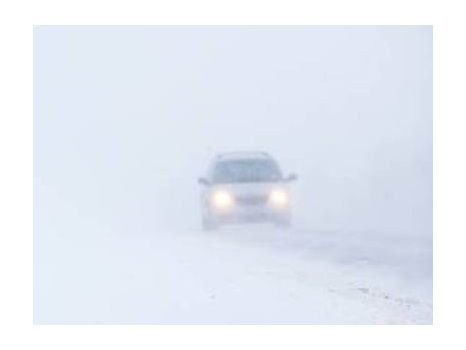Spoken Word Audio Consumption Hits New Highs, With More Listening Done At Home.
- Inside Audio Marketing

- Nov 10, 2023
- 3 min read

Broadcast radio talk shows still dominate in the car, but overall, new research finds podcasting accounts for a growing amount of audio time spent listening to spoken word content. The number of Americans that listen to spoken word content each day has climbed to 135 million, according to Edison Research, or just under half (48%) the population aged 13 and older.
“Spoken word audience size and listening time have once again attained record highs,” Edison VP Megan Lazovick said Thursday during a webinar presentation of the Spoken Word Audio Report, which Edison produced in partnership with NPR.
Spoken word’s share of audio listening has increased by 55% over the last nine years, per the report, with just under a third (31%) of daily listening time going to non-music content. Among those that that listen to at least some spoken word audio each day, half dedicates more time with spoken word content than they do with music.
“Once people join the group of spoken word listeners and they understand the magic that spoken word radio, podcasts and audiobooks can provide, they give a lot of time to spoken word,” Lazovick said.
The report, now in its fifth year, finds that more listening is done across more times of the day. Morning commuting hours remain the most popular for spoken word listening, but there is no clear-cut second peak as in the past when afternoon drive brought in a second wave of listeners.
“There is still a large peak for spoken word consumption in the morning drive time. But in this post-pandemic era, the afternoon drive time seems to have been flattened out over several hours,” Lazovick said, noting Americans are more likely to be listening to non-music content between 10am and 3pm than in the past.

The report shows non-music audio consumption is most common in the home with 60% of spoken word listening time – or 41 minutes on average each day – done there, compared to 24% in the car and 13% at work. But how that listening is divided up among audio options – radio, podcast, or audiobooks – varies greatly depending on the listening locations.
“At home, 41% of spoken word audio time goes to AM/FM radio and 40% goes to podcasts,” National Public Media VP Lamar Johnson said. “But in the car, spoken word on AM/FM radio dominates, earning 62% of spoken word time. Podcasts share is much smaller at 19%. However, podcasts have the largest share in the workplace at 45%.”
For the first time ever, Edison says mobile devices are the primary way people listen to spoken word: 39% of spoken word audio consumed daily is on a mobile device, followed by 35% on an AM/FM receiver. But which device is used in each location is also eye-opening.
The mobile phone accounts for nearly half of spoken word listening at work, but in the car, it accounts for just a quarter. The car is where a traditional radio still dominates, with 60% of spoken word listening done via AM/FM. Radio’s share in the home now trails mobile by a 41% to 30% split.
“Surprisingly, internet-connected TV surpasses both computer and smart speakers at 10%,” Lazovick said. “These devices are already a hub for entertainment in the home. And it's interesting to see them being so heavily utilized for spoken word.”

Edison says podcasts represent a large and growing share of spoken word listening, now responsible for more than a third (36%) of time spent with non-music audio. At home, 40% of spoken word audio listening goes to podcasts.
With more people than ever listening to podcasts, there is also more time spent with the medium. In 2014, 78% of time spent listening to spoken word audio was with AM/FM and 13% was spent with podcasts. Today, AM/FM radio still commands the most spoken word listening time. But podcasts have gained significantly, now capturing 36% of time spent with spoken word.
“We know radio content has found success in the podcast space as well. People are listening to their favorite shows on demand via podcasts,” Lazovick said.
Johnson said that NPR reaches a total of 44 million people weekly across platforms, with “fairly distinct” audiences. He said only 9% of NPR podcast users also listen to its public radio stations, while only 14% of public radio listeners also download podcasts.

The Spoken Word Audio Report is based on Edison’s Share of Ear quarterly survey of Americans aged 13 and older who are asked to keep a detailed one-day diary of their audio usage. The sample for this study was 4,193. Download the report HERE.




Comments